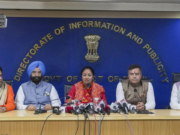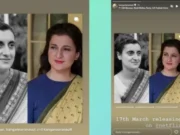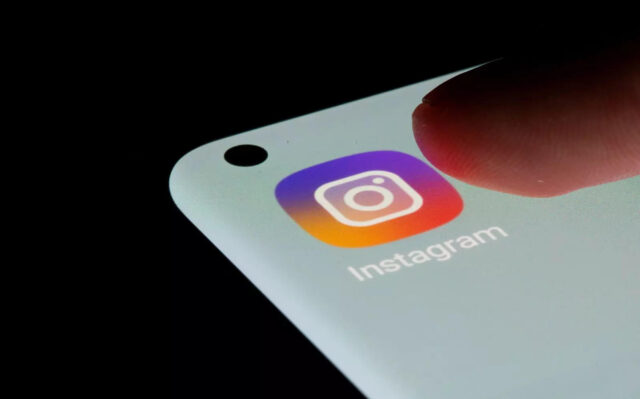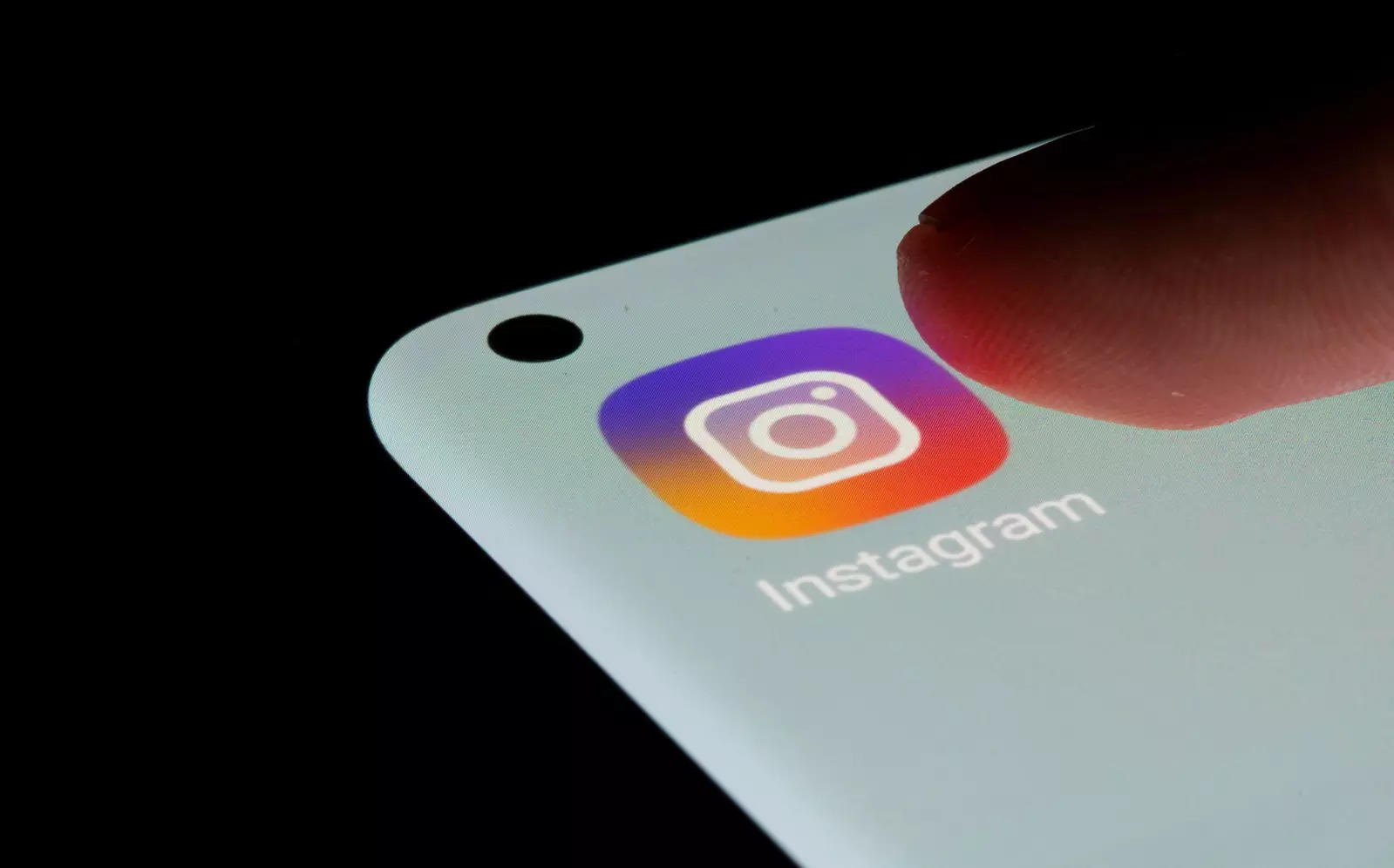
It begins with Kapadia having a serious conversation about women in advertising at a talent program inside the Palais, followed by a clip of her dancing at a Cannes party, attending awards night, speaker sessions, and finally, walking down the hallowed stairs of the Debussy.
Kapadia’s reel is part of a current trend on Instagram where users stitch myriad clips from their daily lives in a short video to convey a contrasting “vibe change”, leaving viewers with the impression that they “can’t pick a personality”. She thinks the trend is a representation of our chaotic lives. On an otherwise curated feed, “seeing these Stories makes it feel more like a conversation you’re having with a friend that can meander in a million different directions. There’s a certain authenticity to that lack of forced consistency in tone,” she explains.
Lost in transition
However, the trend is also indicative of the growing cognitive dissonance users have with Instagram Stories — a feature that enjoys prime real estate right at the top of the app’s home screen.
Abrupt and jarring transitions between these seven-to-15-second clips, which may often present conflicting emotions from one update to the next, are making users feel increasingly disconnected from the people whose Stories they follow, at times even numbing them to the issues portrayed in these posts.
“One moment, you see them posting about a funeral; the next, there’s a meme; followed by a picture of food. It leaves you wondering, how can their mood change so drastically in just 30 seconds?” wonders Vikramjit Singh, a Delhi-based stand-up comedian and former adman. “One Insta Story shows protesting wrestlers being dragged. The very next: ‘Tim Hortons! Best coffee with bestie.’ “Existing in parallel worlds is one big curse of social media,” he had posted on X (then Twitter) in May 2023. While social media as a whole is prone to evoking disparate emotions, Stories tend to elicit these in under a minute. This makes the person, rather than the feed, the source of emotional inconsistency for the e-onlooker.
Moreover, one tends to follow Stories of people who are part of their inner world, unlike posts and updates appearing on the grid. Their emotional potpourri often has a rub-off effect on the viewer, Singh notes, and this can be overwhelming. “So, the jarring contrast between their various Stories forces you to develop a sense of detachment from their routine updates, turning what should be personal into somewhat impersonal,” he adds.
A changing world
In 2016, when Instagram launched Stories — a version of Snapchat’s offering with the same name — it was a gentler, kinder world. So, having “Stories [that] allow you to share everyday moments and grow closer to the people and interests you care about” — as Instagram describes the feature on its ‘About’ page — probably seemed harmless.
However, over the past three to four years, as the world witnessed a pandemic and wars occurring simultaneously, a slideshow format featuring clips on various topics may have prompted the opposite effect.
By contrast, on platforms like X and LinkedIn, says Mona Gandhi, founder of Upraised, an upskilling platform for tech product managers, “the emotional spikes are subtle due to the longer time it takes to express and consume content”.
On visual platforms like Instagram, particularly with Stories, “these swings are rather rapid”.
Gandhi recently shared her thoughts on X about the discomfort of seeing people sharing photos of European summer travels on their Insta Stories alongside updates from war-hit regions like Rafah. She believes Stories are to blame for desensitising us to many issues of public interest. “With the endless scroll, you don’t have to do anything. Things just keep showing up. I don’t think we have the emotional quotient required to handle this range.”
Essentially, “everything we put out is communication, urging a response”, says Medha Gupta, a clinical psychologist from Hyderabad. “With Stories, we now have the option to scoot over [something] rather than staying with a feeling and processing it.”
Gupta is concerned that this leads to the opposite of compassion fatigue. “Compassion comes from staying with suffering long enough to feel fatigue. Stories don’t allow this — they prevent people from staying with a feeling long enough to act on it or to be able to experience fatigue,” she adds.
Instagram did not respond to an email for comments on the story.
Who gets to post?
In May, actor Alia Bhatt was added to ‘Blockout 2024’, a global list of celebrities boycotted on social media for their “non-committal stance” on Israel’s attacks on civilians in Palestine. Shortly after, Bhatt joined 40 million-plus users in sharing the ‘All Eyes on Rafah’ template on Instagram Stories, something which was already criticised for using an AI-generated image instead of real photos from the ground.
But some users also had a problem with the fact that it was a celebrity like Bhatt who posted this. “It felt authentic when people who had been sharing posts about Gaza used that template,” says Priyal Sanghvi, a Mumbai-based marketing professional. “The dissonance is clear when one story features a lavish designer outfit and the next, a Rafah template.” Sanghvi, who lost relatives during Covid, noticed similar tone-deafness even back then. “People sharing Faye D’Souza’s Covid story and following it up with their holiday party stories on Insta,” she had posted on X in January 2022.
However, the dissonance was less pronounced back then, because the pandemic affected almost everyone personally, she feels. “When issues don’t affect you directly or when you’ve never spoken about the topic earlier, the dissonance is more evident,” she believes.
People may also feel obligated to address certain topics, she says. “Some post for relevance on slow-content days. For regular people, it’s just filling gaps in their Instagram Story feeds,” she adds.
What do brands feel?
With so many users feeling conflicted about the way Stories are used and shown, where do brands stand? Are they rethinking how to leverage Stories as an advertising vehicle?
Brands have always requested that creators limit the number of stories they post when their sponsored content is released, says Pankhuri Harikrishnan, founder and director, Fetch Consulting, an influencer marketing agency. “They cannot specify the exact number of stories the creator should ideally post, but they do ask for them not to put too many, emphasising that a series of multiple stories, indicated by a dotted line, is best avoided,” she reveals.
“Some stories are deleted midway once they have served their purpose. Additionally, some brands only pay for Stories, bypassing feed posts, as it suits their budget and performs well for them,” she adds.
So, it all boils down to the fact that Stories “work well for brands”, says Nikita Abhanave, a digital media and marketing specialist. “They are consumed faster than any other mobile format, and they take up the full mobile screen, creating an immersive space for brands,” she says.
Abhanave highlights that Stories boost ad placement by supporting swipe-up links with calls to-action (CTA). “Elements like animation, stickers and trending sounds allow advertisers to be more creative with their promotional content on Stories,” she adds.
Ads on Instagram Stories made up 26.7% of the platform’s ad revenue in 2023, according to a WARC Media report. Marketers rarely control the personal content creators post before and after their branded stories, unless it has a direct connect with a rival brand. “Addressing the dissonance of Instagram Stories requires empathy, but marketers tend to prioritise return on investment (RoI) instead,” Abhanave adds.
Suyash Saraf, co-founder of beauty brand Dot & Key, says, “We like to be the first Instagram Story of the day for the creator we are collaborating with, so that the communication resonates better.”
Saraf admits that there’s room for another ask from creators, too: Maybe avoid posting content that’s too jarring that day. “We are a beauty brand and hence, want to evoke a happy emotion in the viewer when they see our communication. We don’t want them to go through a spike of emotions characteristic of Instagram Stories these days,” he adds.
Are we ‘like’ done here?
X’s removal of likes is a sign of their declining power as social media currency. Anushka Kulkarni expresses disappointment over X’s decision to hide the “Likes” tab, which she and others used to subtly vet potential romantic interests. She laments the loss of authenticity and charm in likes, questioning whether likes are now being used as private bookmarks or manipulated by bots.
The trend of hiding likes has been seen across social media platforms like Instagram and YouTube, prompting varied reactions among users and raising concerns about privacy and social dynamics online.












































